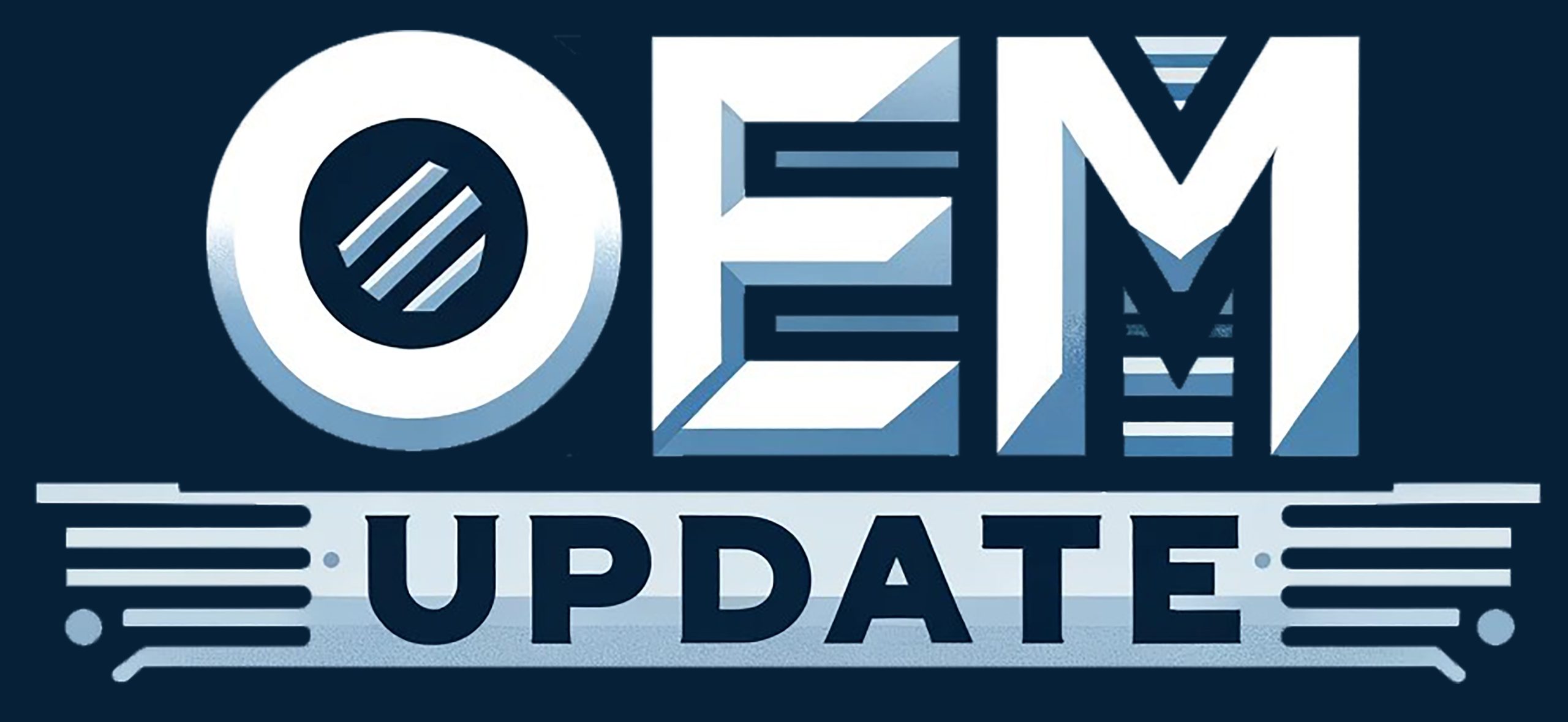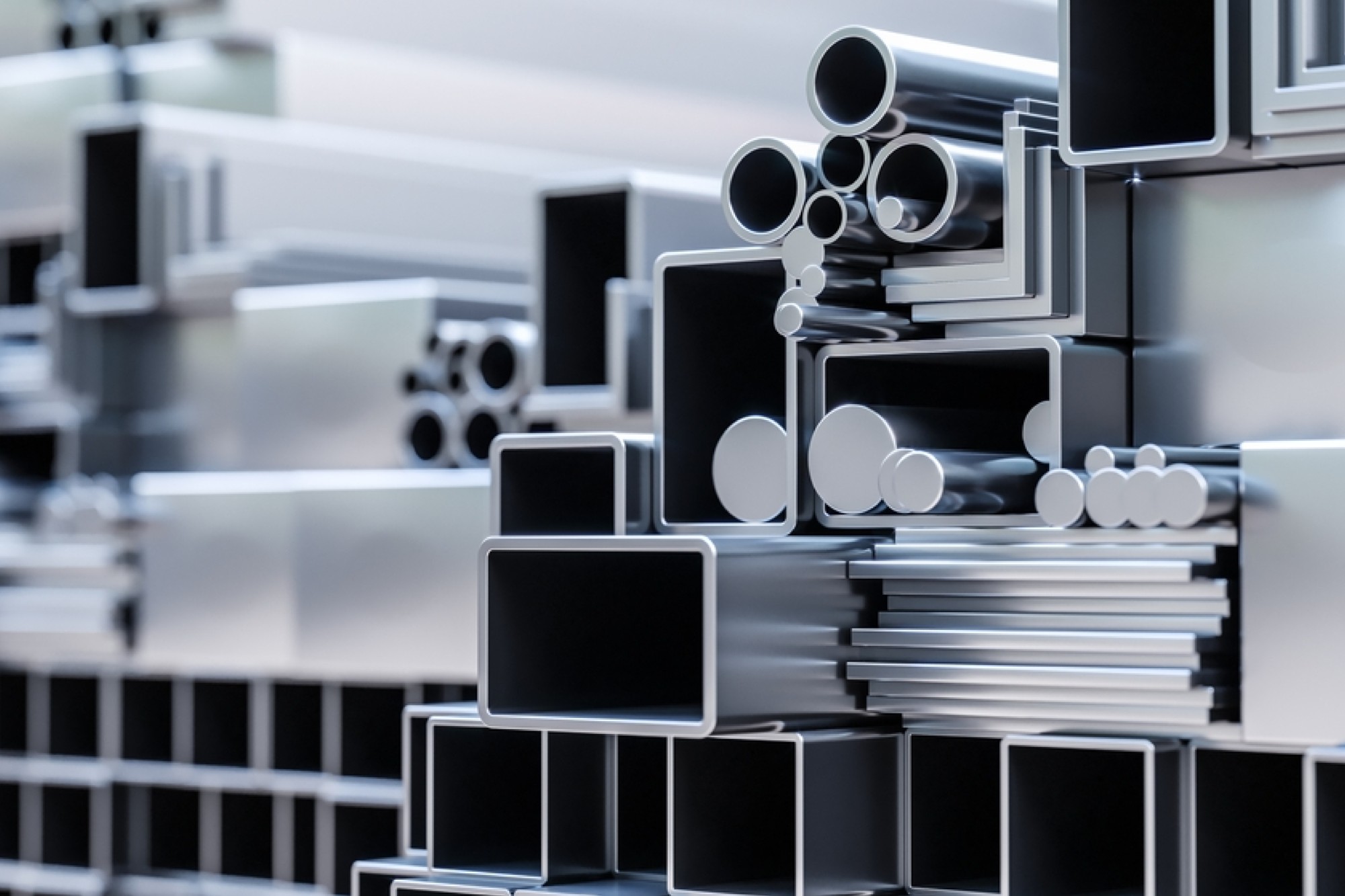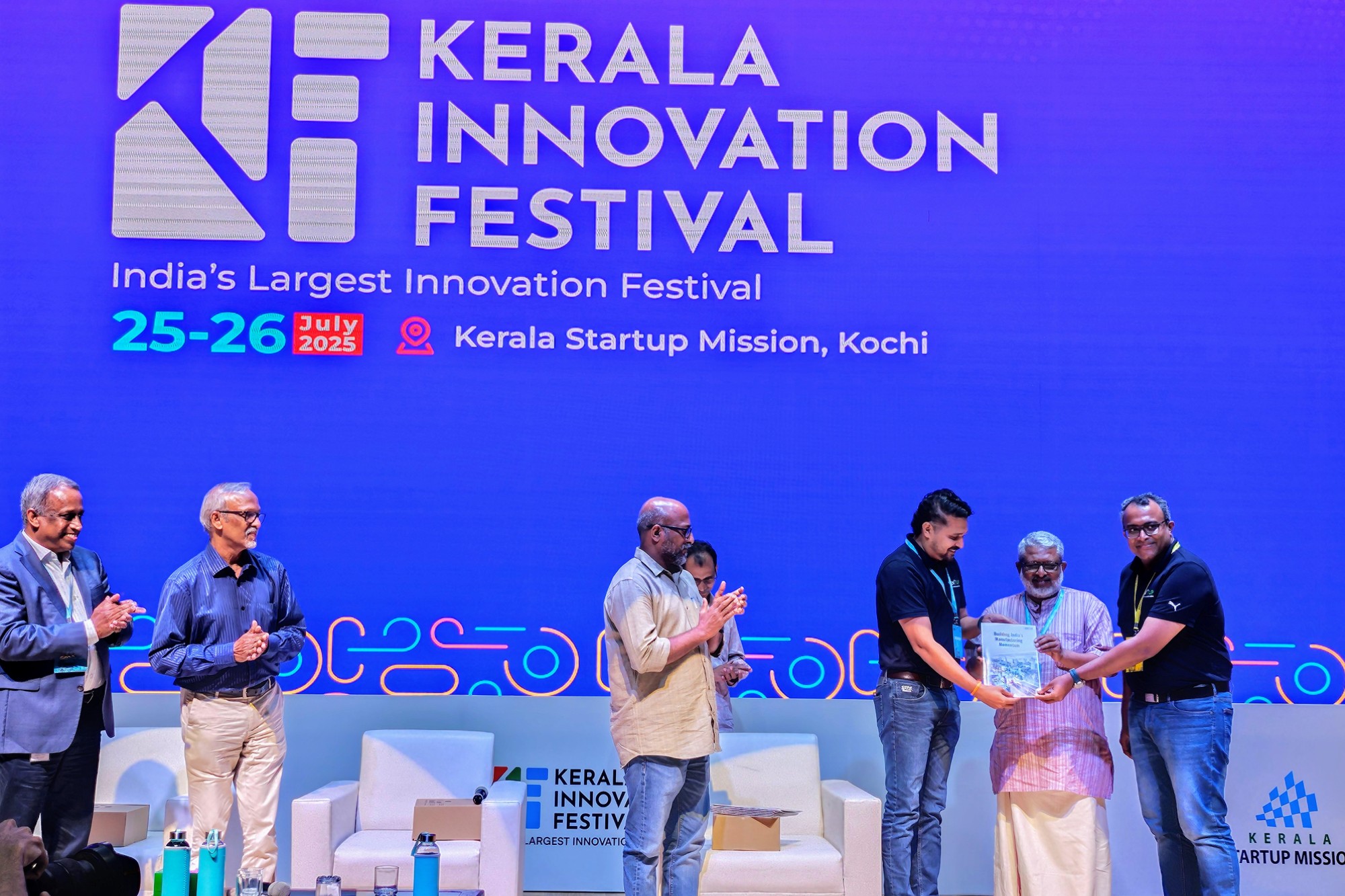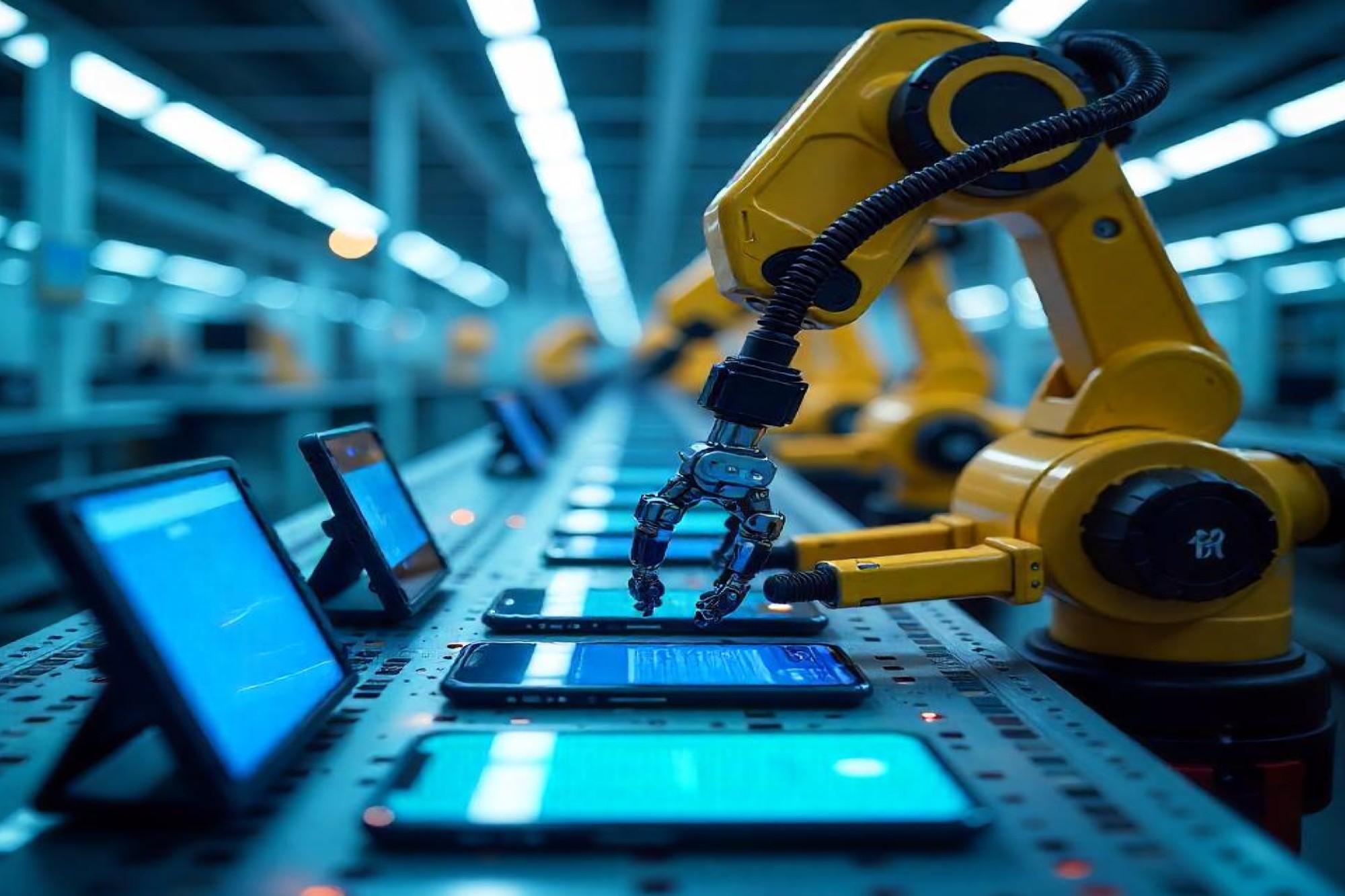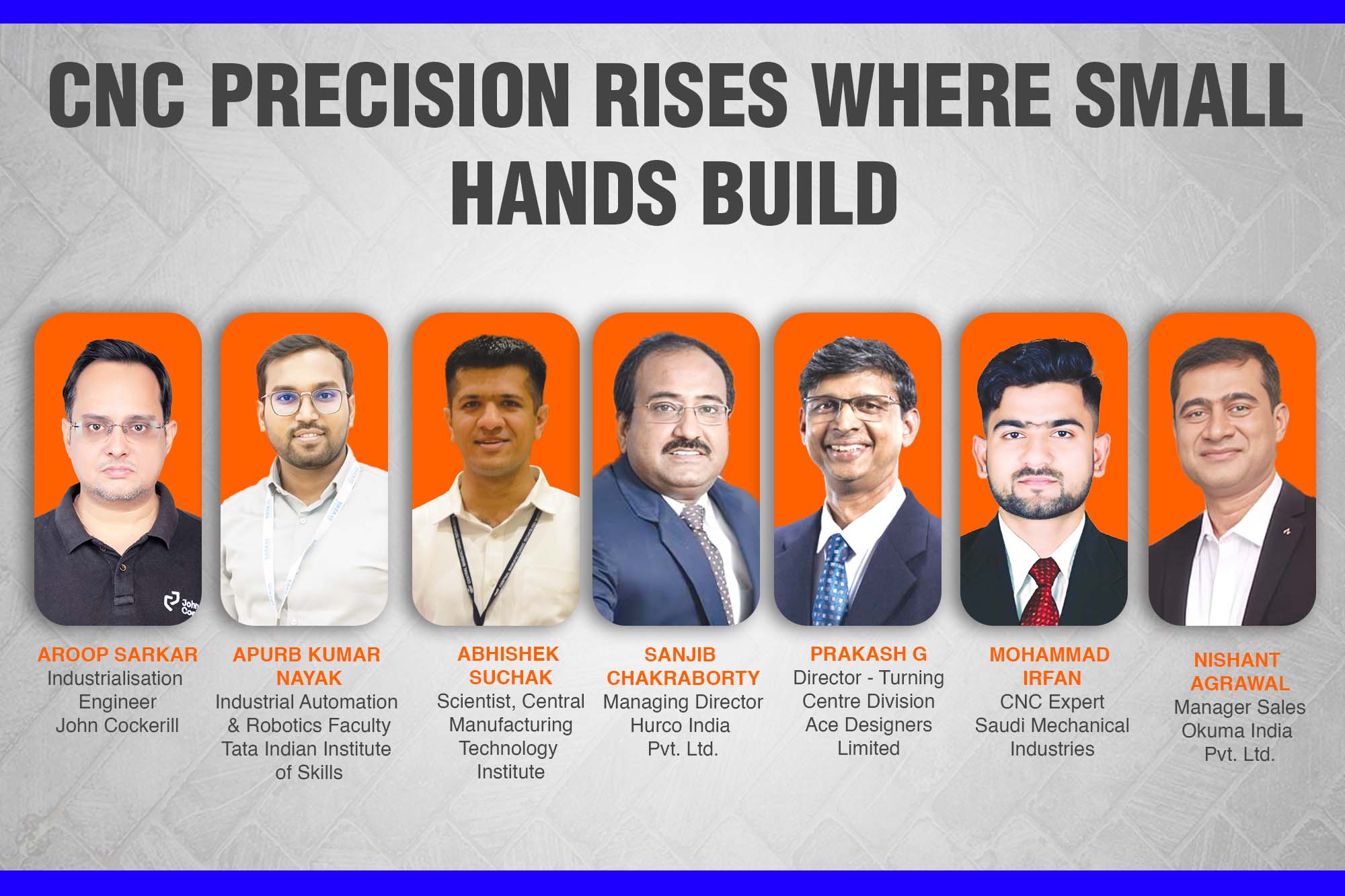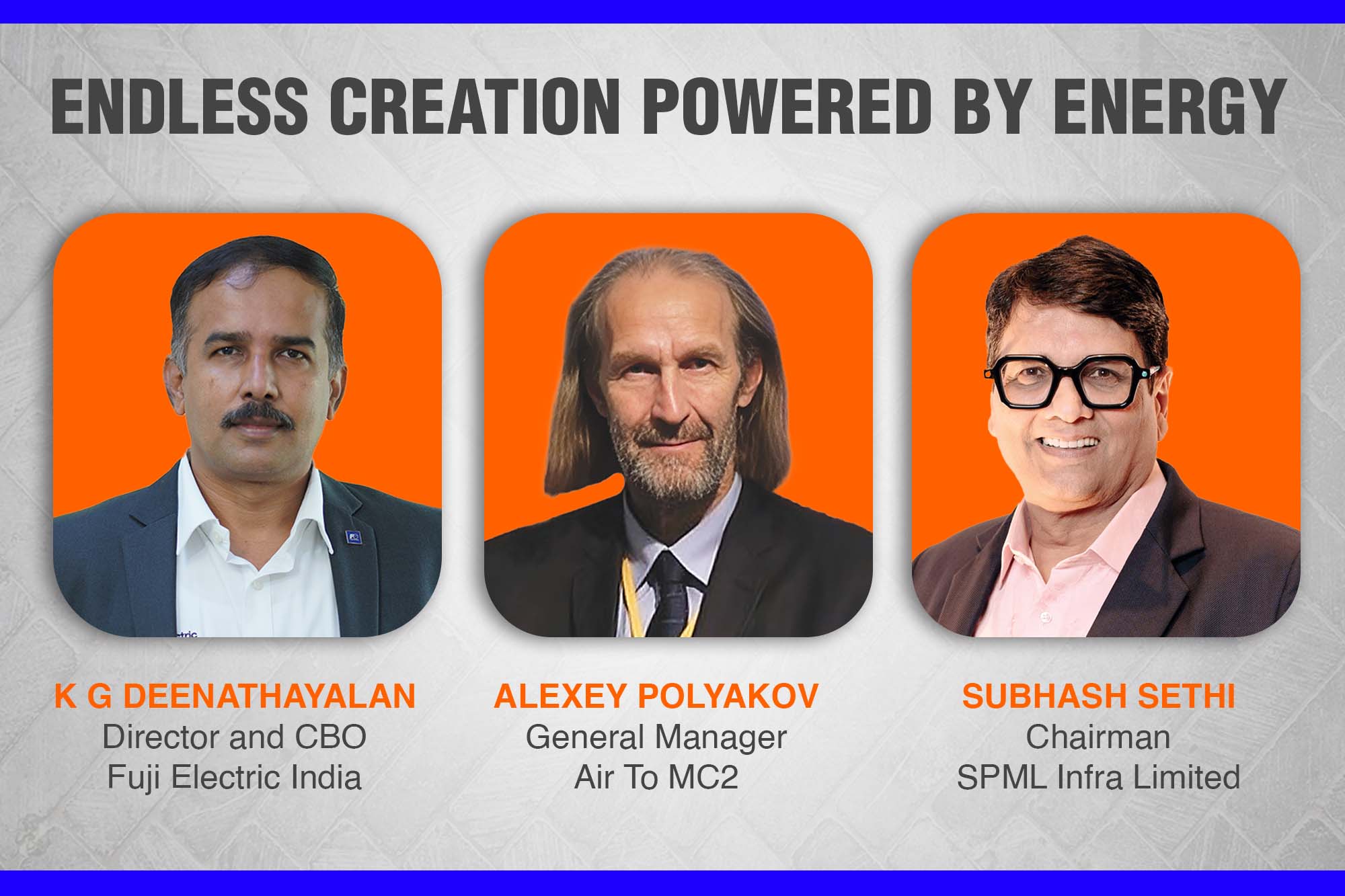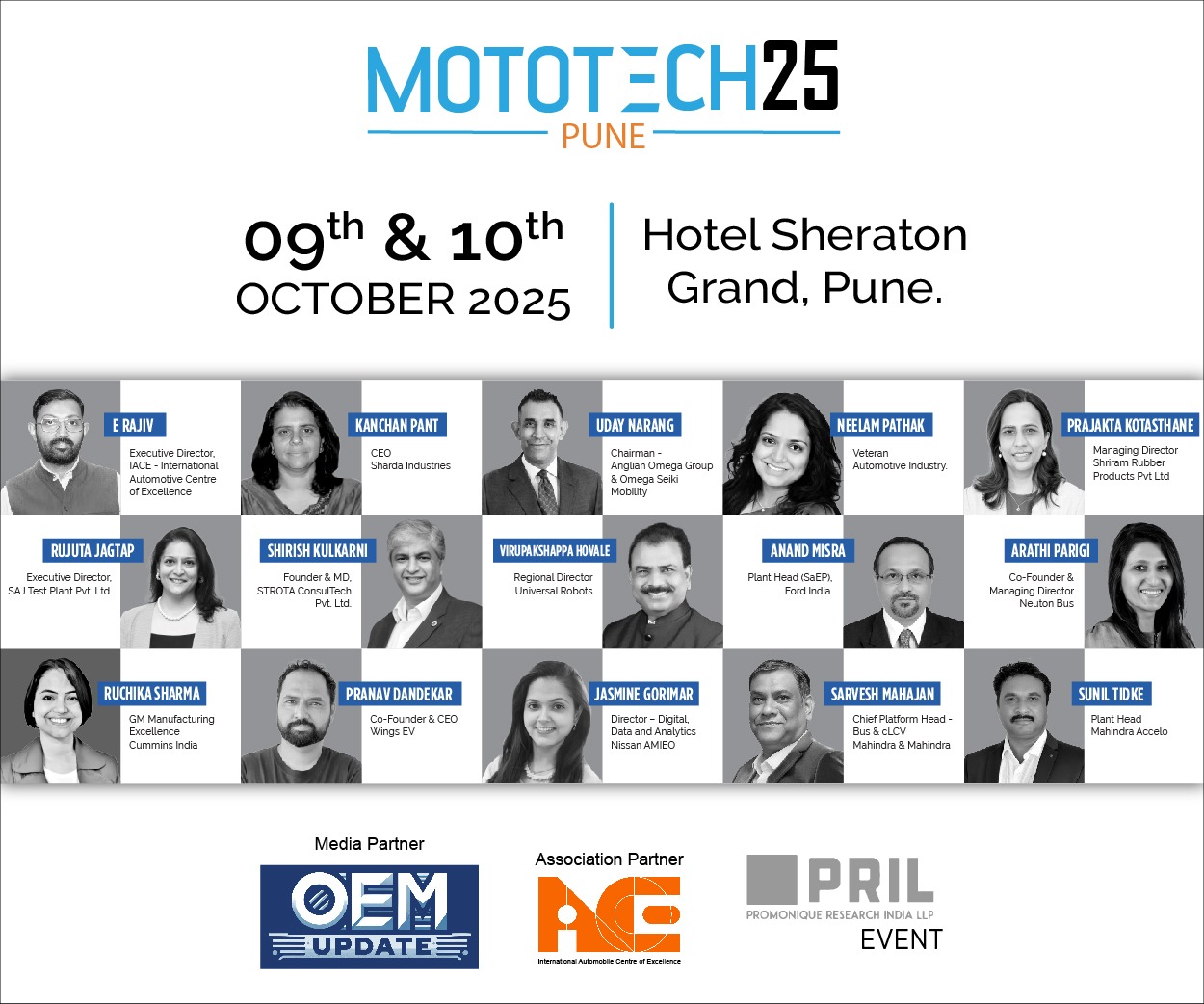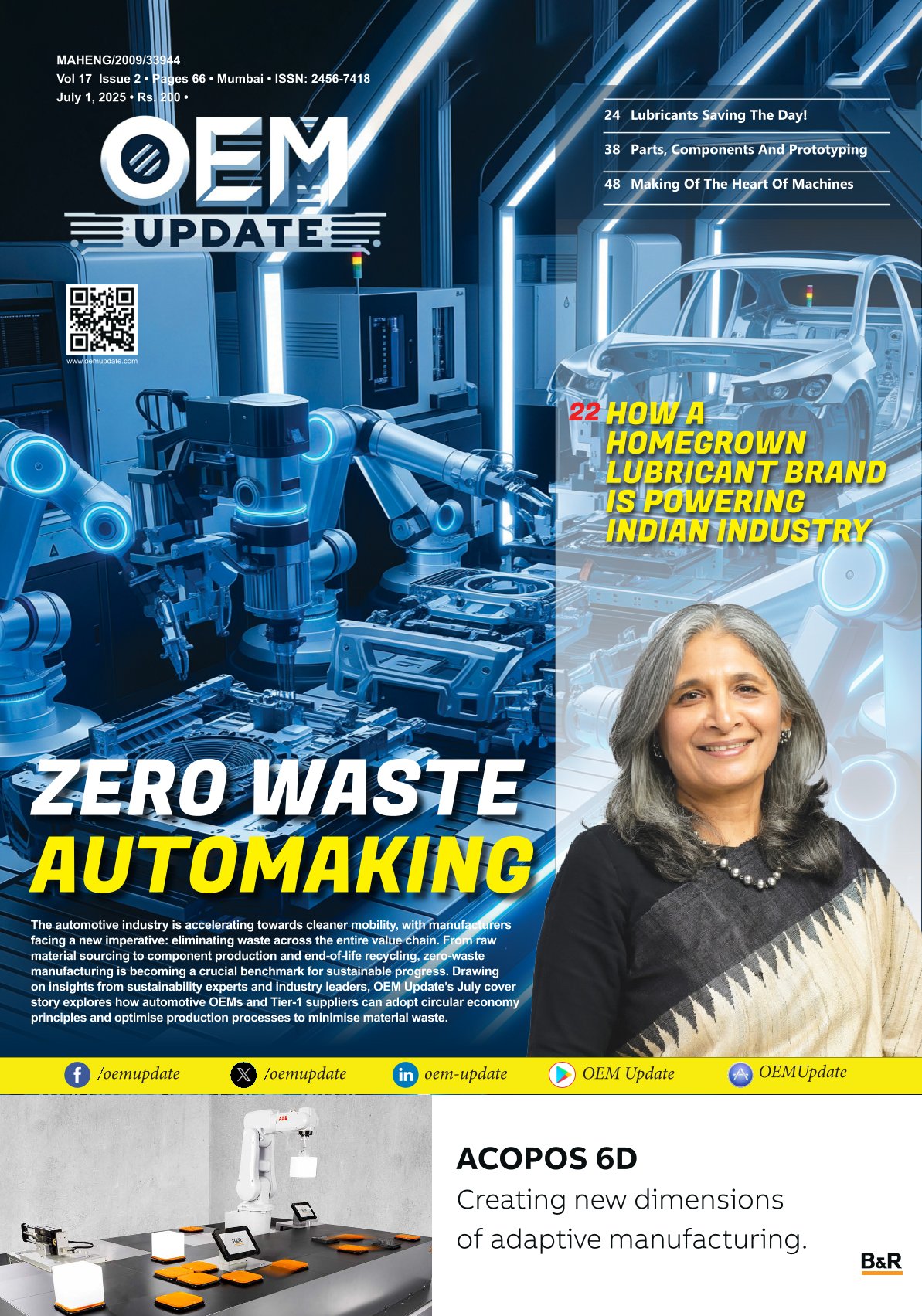India’s green steel demand to soar to 179 million tons by 2050: EY Parthenon report
By Staff Report July 29, 2025 6:34 pm IST
Automotive, infrastructure and construction sectors to power the surge in green steel demand. Green steel premium of US$210/ton is expected to decline significantly as carbon pricing reshapes steel economics.
India’s demand for green steel is set for exponential growth, reaching approximately 179 million tons by FY50, according to a latest EY Parthenon report developed in collaboration with WWF-India and CII-Green Business Centre, with support from the India Green Steel Coalition (IGSC). The surge will be driven by the country’s rapidly growing automotive, infrastructure, and construction sectors, as they pivot toward sustainable manufacturing practices.
Titled “Unlocking green steel demand: An assessment of India’s automotive, infrastructure and construction sectors“, the report offers timely insights as India targets 500 million tons per annum of steel capacity by 2047, aligned with its climate goals.
Reflecting on the report findings, Kapil Bansal, Partner – Energy Transition and Decarbonization, EY Parthenon said, “Moving to green steel is no doubt a big shift, it comes with its challenges, but also opens up huge opportunities for India’s industrial sector. Right now, the cost may look high, but that’s changing quickly. With carbon pricing on the rise and green hydrogen getting cheaper, what once felt like a nice-to-have for sustainability is fast turning into a business must-have.”
Green steel demand projections
Based on an emission intensity benchmark of below 0.5 tons CO₂ per ton of crude steel, the analysis estimates that green steel demand, currently negligible, will rise significantly to 4.49 million tons by FY30. The construction sector is expected to lead adoption with 2.52 million tons, followed by infrastructure at 1.5 million tons and automobiles at 0.48 million tons. By FY40, total demand is projected to nearly triple to 73.44 million tons.
The study also reveals that India’s current steel consumption stands at 136 million metric tons, with the construction and infrastructure sectors collectively accounting for 78% of finished steel demand. This figure is expected to rise to 390 million tons by FY50, driven by rapid urbanisation and infrastructure development.
Carbon pricing to redefine steel economics
The report highlights how carbon pricing is set to fundamentally reshape steel economics. Traditional BF-BOF steel prices are projected to increase by 81% by 2050 due to escalating carbon taxes, rising from the current US$660 per ton to US$1,193 per ton. In contrast, the premium on green steel produced through hydrogen-based DRI technology is expected to decrease significantly as production scales up and costs decline.
Currently, the green steel premium results in modest increases in production costs across sectors: 4.1% for automotive manufacturing, 3.7% for construction projects, and 5.2% for infrastructure development. However, these impacts are projected to fall below 1% by 2035-2040 as the green steel premium diminishes.
CBAM: a wake-up call
The European Union’s Carbon Border Adjustment Mechanism (CBAM) could impact Indian steel exporters. India’s current emission intensity stands at 2.5 tons of CO₂ per ton, compared to the EU’s benchmark of 1.28 tons, creating a 106% differential.. Without decarbonization, Indian exporters could face CBAM-related taxes amounting to INR 19,277 crore by 2030—putting global competitiveness at risk.
Strategic roadmap: Policy, industry and end-user actions
Recommendations for government:
- Implement carbon pricing mechanisms with costs reaching US$90-100 per ton by 2040
- Provide subsidies and tax incentives for green steel production technologies
- Establish regulatory mandates aligned with international emission standards
For industry:
- Transition to low-emission technologies to reduce emission intensity from 2.5 to 1.21 tons of CO₂ per ton by 2030
- Scale up green steel production using hydrogen-based DRI and other innovative routes
- Invest in R&D to reduce green steel production costs by 30% by 2040
For end-use sectors:
- Begin green steel procurement 10 years ahead of net-zero targets
- Accept current minor production cost increases (3.7-5.2%) for long-term sustainability benefits
- Collaborate closely with suppliers to ensure a steady green steel supply
Technology outlook and supply-demand gap
Key green steel production technologies identified include hydrogen-based DRI and scrap-based electric arc furnaces powered by renewables. However, the report warns of significant supply-demand gaps, underscoring the need for urgent scaling of green steel infrastructure and investments.
Cookie Consent
We use cookies to personalize your experience. By continuing to visit this website you agree to our Terms & Conditions, Privacy Policy and Cookie Policy.
